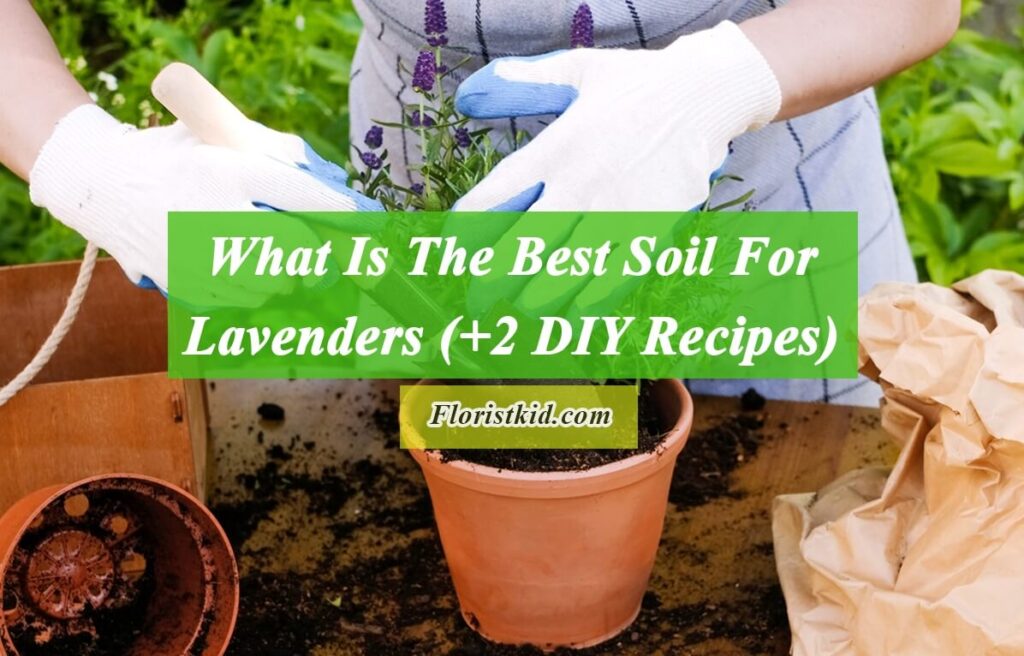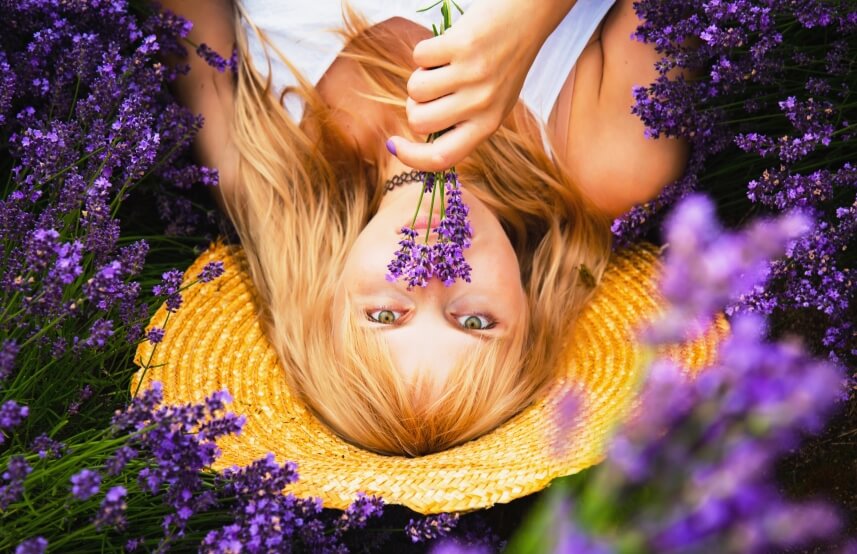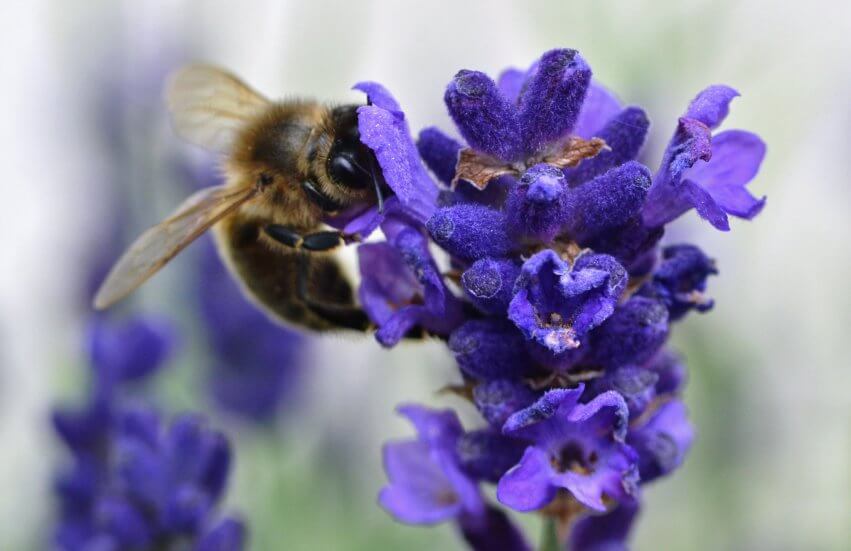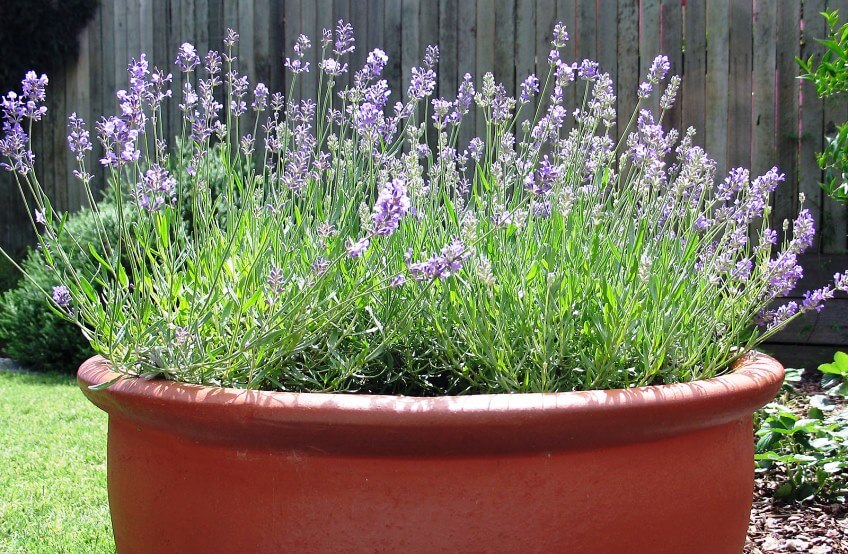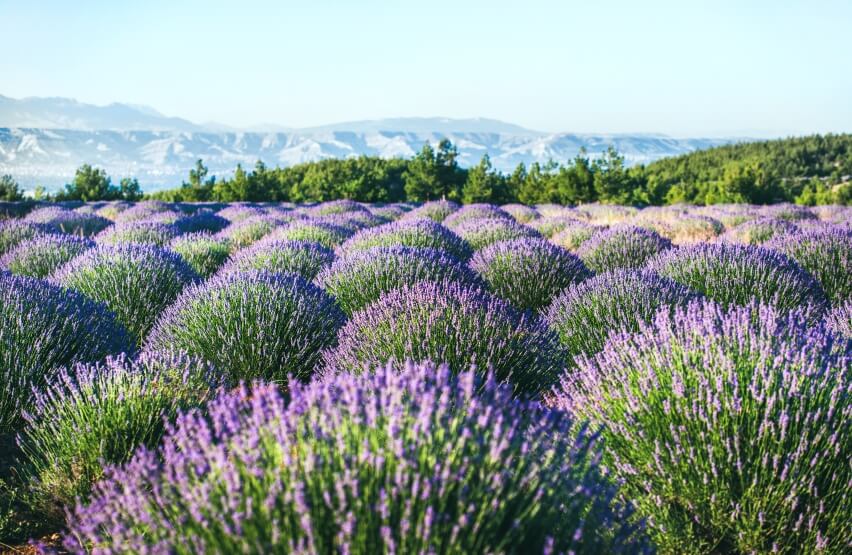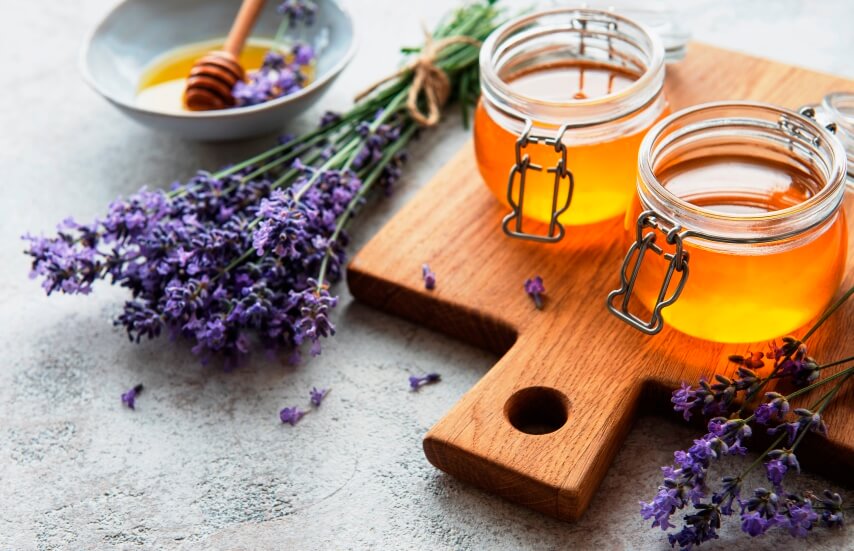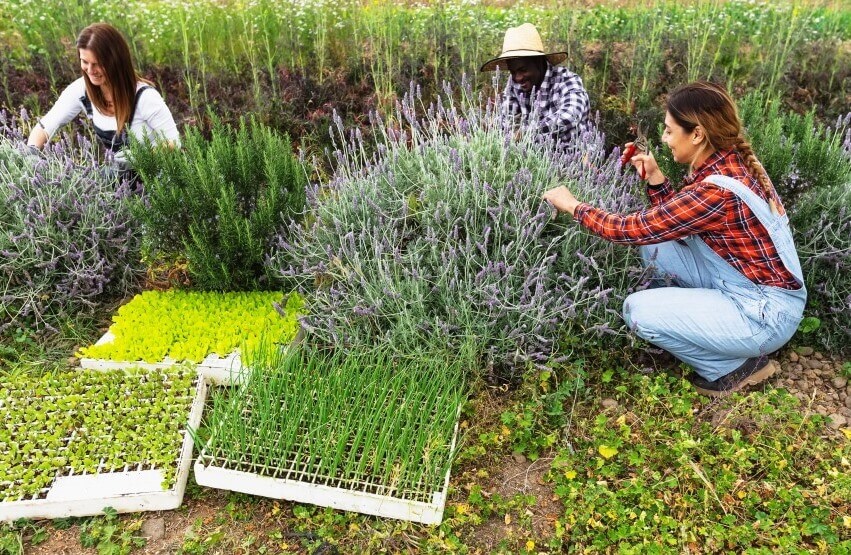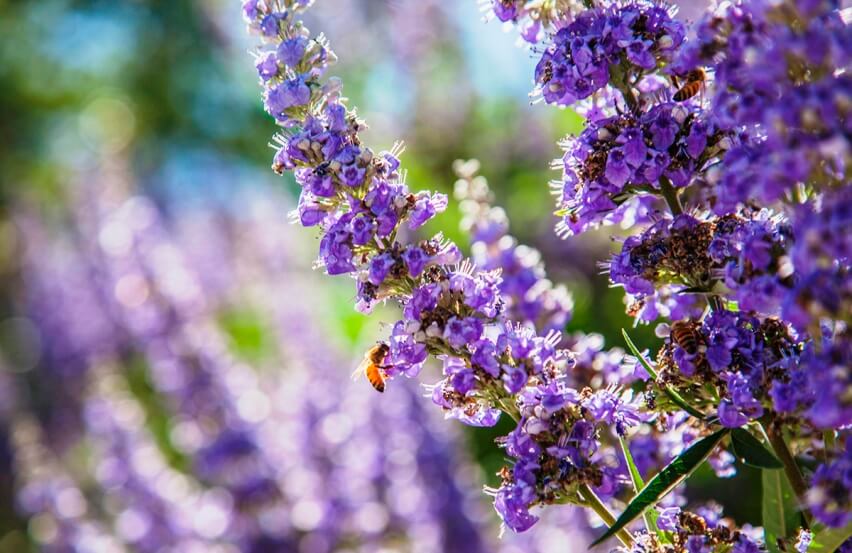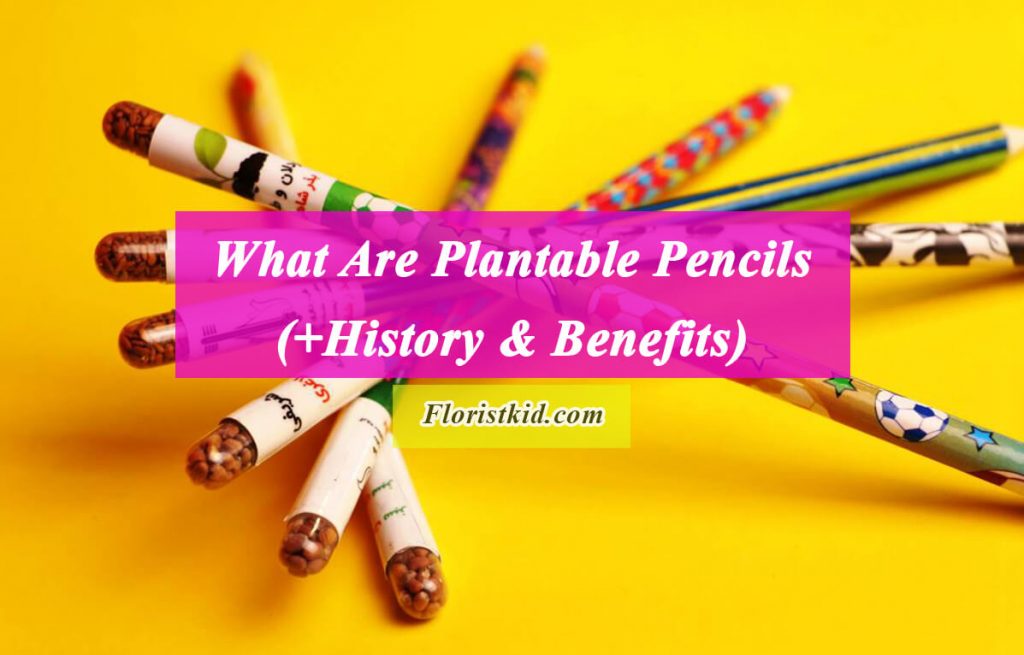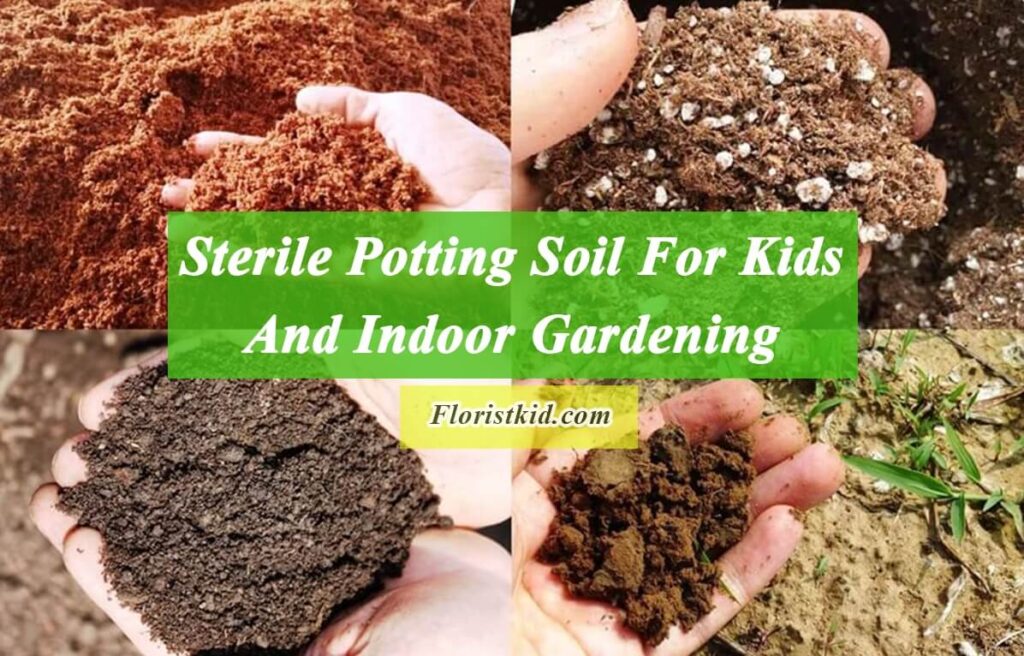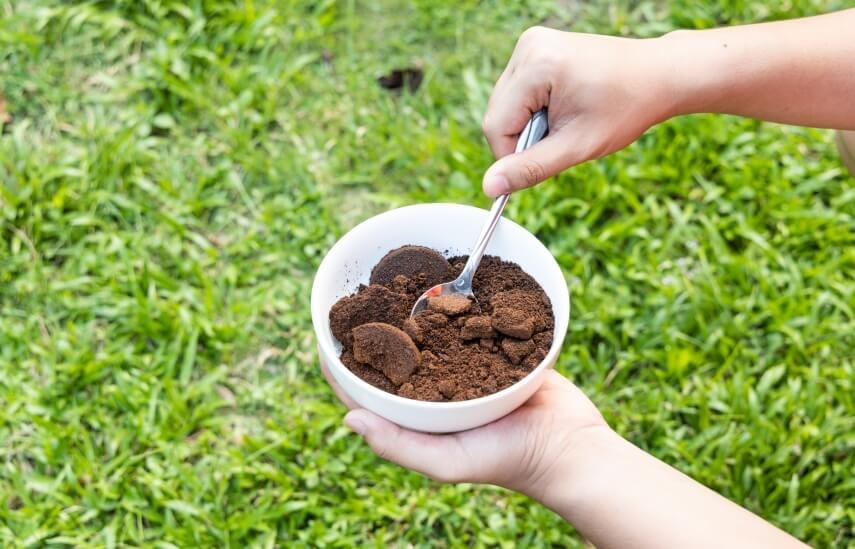Fragrant leaves and bee-friendly flowers are the main reasons Lavender is grown. From nature gardens to cottage gardens and even containers, Lavender thrives in a variety of environments. An excellent method to enhance the appearance and smell of your home is by growing Lavender in containers. It is possible to cultivate these plants indoors, in containers, or even in hanging baskets. But you must ensure their soil is suitable to keep these wonderful flowers healthy indoors.
This article will cover exactly what kind of soil lavenders prefer and how to make the best potting soil for Lavender plants yourself.
If you are interested in this topic, you can also read
<<Best soil for Rubber Plant>> and << Best Soil For Prayer Plant>> articles.
About Lavender plant
Lavender is thought to have come from the Mediterranean, the Middle East, and India. Its origins date back about 2500 years. Lavender is prized for its beauty, sweet flowery scent, and variety of uses [1].
Lavender is grown commercially so that its oil can be extracted from its flowers and, to a lesser extent, from its foliage. The oil is used in aromatherapy, as an antiseptic, a disinfectant, and as an anti-inflammatory. When applied to the forehead, Lavender oil is believed to relieve headaches, migraines, and motion sickness. It is commonly used as a sleep and relaxing aid.
From ancient times, Lavender has been employed in food production, either on its own or as a herb. Salads, soups, meat and fish dishes, desserts, cheeses, baked products, and confections benefit from the floral, somewhat sweet, and elegant flavor Lavender brings.
Although the leaves can also be used, the dried flowers are typically used in cooking. The essential oil of Lavender can mainly be found in the buds or flowers, from which the aroma and flavor are best extracted.
Source: Conall
Characteristics of the best soil for Lavender
Lavenders are indigenous to the Mediterranean region, so you must recreate that region’s soil characteristics in order to grow lavenders properly. As mimicking nature is the best way to take care of plants, the following components will serve as a guide for making the best soil for Lavender plants:
Drainage
The most crucial factor affects for cultivating Lavender is soil drainage. Lavenders grow naturally in areas with full sun, minimal precipitation, and sandy soils that drain extremely fast. If you do not modify your soil before planting Lavender, your plants may be subject to root rot, especially when your garden has clay or any other moist, slow-draining soil.
You have three options for cultivating lavenders if your garden has a sluggish drainage system or a tendency to retain a lot of water:
Source: Peter Trimming
1) Adjust the garden soil: Add an even amount of sand (or grit) and soil mixture to the garden area where you want to plant lavenders. As long as the soil mixture drains fast after being watered, the soil is ready for planting Lavender. If the water slowly seeps out, you will need to retry the mixture with more sand and grit.
2) Growing in the raised beds: When you grow Lavender in a raised bed, you have complete control over the type of soil you add to the bed. Thus, you can create and utilize the best soil for Lavender in the raised beds.
3) Growing in the pots: Lavenders grow exceptionally well in pots as containers offer dryer conditions and sufficient drainage (as long as the pot’s base has adequate drainage holes). To create ideal drainage conditions, you may also amend the soil with sand or grit.
Source: Allan Henderson
How to amend the garden soil drainage?
You will need to supplement the soil with coarse sand or grit to mimic Lavenders natural growing conditions unless you are fortunate enough to live in one of the Mediterranean countries, such as Spain, France, or Italy.
Grit and builder’s sand are suggested as suitable amendments for lavender soil. These components are low in nutrients and will give the soil the proper structure and air spaces so that water can quickly drain away from the roots of the Lavender.
Soil Nutrients
Lavenders prefer low- to medium-fertility soils. There will be considerably fewer flowers if the soil is overly fertile as it will encourage the growth of the Lavender’s foliage.
Lavender plants cannot be grown in general-purpose soil. Sand and grit need to be added to modify these soils. These components will provide the structure and low nutritional content that Lavender requires.
pH parameter
Although Lavender can grow in slightly acidic soils, they prefer neutral (pH 7) or slightly alkaline soils (up to pH 7.5). Since chalk allows for adequate drainage and has a tendency to be somewhat alkaline, Lavender grows particularly well in gardens with chalk soils.
Most garden soils are neutral, but if you have acidic soils in your yard, you may add wood ash or garden lime to them to raise the pH level so that it is suitable for growing plants like Lavender. If you are unsure of the pH of your soil, you may easily test it with a soil pH meter from amazon.
The Best soil for Lavender
As mentioned above, Lavender plants do best in sandy, well-draining soil that is low to medium in fertility. Although Lavender may thrive in slightly acidic soils, it prefers to grow in neutral or slightly alkaline soils. Natural sandy or chalk soils are excellent for growing Lavender.
How to make the best potting soil for lavenders (DIY Recipes)
Lavenders should not be grown in regular potting soil. Such soils hold too much water and are overly nutrient-dense. The following recipes will yield the best potting soil for Lavender plants:
Recipe 1:
- Two parts commercial potting soil
- One-part clay pebbles
- One-part coarse sand or perlite
Recipe 2:
- One-part cactus soil
- One-part commercial potting soil
Note: You can amend your soil and raise the pH levels for Lavender by adding limestone or wood ash to ensure it has the ideal pH for potted Lavender.
How To Prepare the Lavender Potting Soil
It is better to make your soil mixture outside or on a workbench table to prevent a mess. Put an equal amount of each ingredient in each pot. Once all the components are in the planter, begin vigorously mixing them with a trowel or, better yet, by hand while wearing appropriate gardening gloves.
Note: It is not recommended to sprinkle perlite on top of the growing media. You must incorporate it within it. This is due to the fact that perlite has the propensity to float in water, so if you do not make sure that the mixture is consistent, you will wind up with perlite floating on the pot’s surface. As a result, the perlite will be pointless in such situations as it will fly away when dry.
Growing Lavenders in garden
Lavenders can be grown on heavy or clay soils as long as the planting area has been amended to a depth of at least 12 inches and a width of at least 16 inches. This is presuming that the Lavender plants will get full sun where you plan to put them (preferably more than 6 hours of direct sun per day).
Particularly clay soils are unfavorable for Lavenders as they have high fertility as well as poor structure. When planting in clay, it is crucial to replace the existing soil with soil containing at least 50% grit and 50% multipurpose compost.
Compared to only sand, grit is more effective at creating air pockets in the soil and maintaining its structure in heavy soils. It is better to fill the bottom of the planting hole with 2 inches of grit to prevent water from just pooling there and rotting the Lavender’s roots.
Once more, it is crucial to test the soil’s drainage before planting Lavender plants by carefully watering the area where you wish to grow Lavender, making sure it drains fast and making adjustments by adding more grit if necessary.
Source: Sonny Abesamis
Preparing The Garden Soil For Lavender
You must make some changes to make your garden’s soil better suited for Lavender. Perlite, clay stones, and any gritty material that improves drainage and ventilation in the growing media are the best soil additions for Lavender.
In order to modify your garden soil, the following actions must be taken:
- Dig:Make a large hole where you intend to plant the Lavender. Use a trench if you wish to plant several of them. If you have enough space, consider at least 20 inches deep and 20 inches wide. In general, greater depth is preferable.
- Bottom Cover:Add several layers of gravel, pebbles, or clay stones to the bottom of the hole.
- Prepare the Mix: Create the Lavender soil mixture to fill the holes. The recipe is the same as the potting soil recipe and is being repeated here. You can replace the perlite volume with clay stones if you do not have perlite. If you need to cover a large area with this Lavender soil mixture, you can also use some garden soil instead of potting soil, as it is cheaper.
- One part of the potting soil
- One part of the perlite
- One part of the clay stones
- Fill the hole: Fill the hole with half of the soil mixture.
- Place the Lavender: Use the remaining half of the mixture to fill up the areas between the plant and the hole, be careful not to damage roots.
- Soil cover:To keep weeds from taking over the Lavender plant and competing with it, cover the soil with gravel or pebbles.

